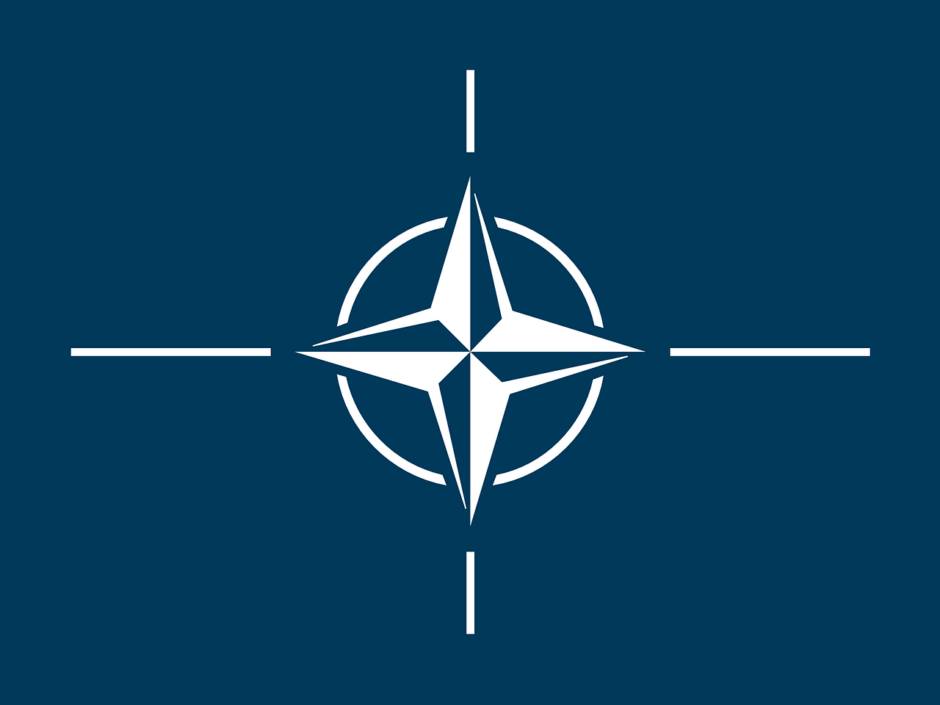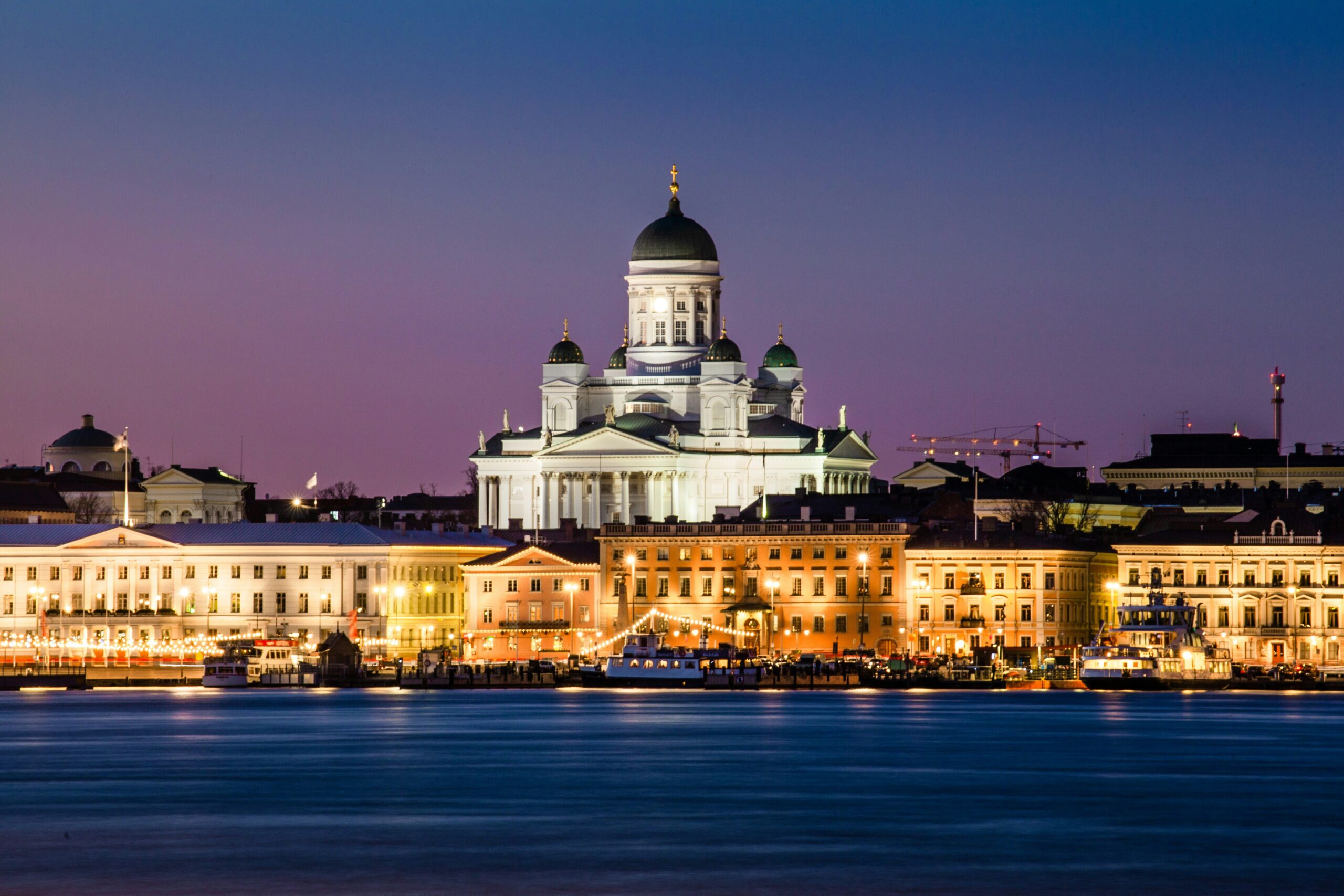After 12 years, Finland is once again preparing to elect a new president. A lot has happened during this time, including the legalisation of same-sex marriage and Finland’s entry into NATO. Unfortunately, Finland also experienced its first terrorist attack and faced a global pandemic. As head of state, the president is responsible for representing the country’s values and working to maintain international relations and defence. President Niinistö has been well-liked, as demonstrated by his significant victory in the previous election, winning 62.64% of the votes in the first round. According to a poll conducted in 2022, Niinistö’s approval rating was nearly 92%, a figure that could be compared to the “approval ratings” of leaders in authoritarian regimes rather than democracies. However, the same president cannot be elected after two six-year terms. Thus, the Finnish people are asked to elect a new president this year. Niinistö’s successor will surely have big shoes to fill.
The first round of the elections has been concluded, and the expected favourites managed to maintain their positions. Some experts in Finnish politics may argue that the lack of surprises was the biggest surprise. Many commentators have described the election as dull, but in the last week before the elections, the atmosphere became more charged. This election was less polarised because all candidates agreed on international affairs and defence, partly due to Finland’s membership in NATO – the old debate about whether Finland should stay neutral with Russia was absent. The political landscape made predicting the outcome easier, and pollsters were proven correct this time in their forecasts. The two candidates to move to the second round are Alexander Stubb from the National Coalition Party with 27.2% of votes and Pekka Haavisto, an independent (backed up by the Green League) with 25.8% of votes. What does this mean for Finland’s future and international relations? Who are these candidates? This is a guide to help you follow the second round of elections.
In the right corner: Alexander Stubb
Alexander Stubb is a candidate of the National Coalition Party. The National Coalition Party is one of the three major political parties in Finland. It is a centre-right and liberal-conservative party. Education became Stubb’s strong trait. With a BA from Furman University, an MA from the College of Europe and a PhD from the London School of Economics, Stubb was seen as an EU specialist and he was elected as a member of the European Parliament in 2008. That same year he became the Minister for Foreign Affairs. In 2011, Stubb ran for the Finnish Parliament for the first time and was elected as a Member of Parliament with the second-highest number of votes in the election. He then became the Minister for Europe and Foreign Trade in Jyrki Katainen’s cabinet. Later, in 2014, Stubb became the Prime Minister of Finland. Lastly, he worked as Minister of Finance from 2015-2016. However, he retired from Finnish politics in 2017, saying he would never return.
After leaving politics, he became the vice president of the European Investment Bank and later the director at the European University Institute in Florence. Stubb remained out of the public eye for some time, but he has recently returned to politics. Stubb’s political career has been quite international and dynamic.

Alexander Stubb’s comeback changed the dynamics of the elections making him the leading candidate. One reason for the popularity is that the National Coalition Party has now more members in the Finnish parliament than any other party. Another reason for Stubb’s rocketing popularity might be because the National Coalition Party has the largest election budget and professionalised “campaign machine”. However, it should also be noted that Stubb is a skilled communicator with a strong background in international affairs and therefore it is not only his party that is working hard for his campaign.
Concerning his views and politics, even though he has a background in a liberal-conservative party, Stubb can be considered progressive. He recognises gender as a diverse concept, he promotes climate actions as a part of Finnish foreign policy and he acknowledges racism as a problem in Finnish society. Nevertheless, he supports right-wing economic policies.
When it comes to his public image, Stubb could be described as energetic, dynamic and even youthful. His personality has gained appraisal. Naturally, not all are fans of a laid-back attitude. Some have complained that Stubb’s informal behaviour is undermining his credibility as a politician. Stubb has also put a lot of weight on his background in international relations. It is interesting to see how his pro-EU, almost federalistic background, will affect Eurosceptic conservative voters. Could those voters end up supporting a green-left candidate just out of spite or will they vote for Stubb to protest against the green politician who is also a voice of the LGBTQIA+ community?
In the left corner: Pekka Haavisto
Pekka Haavisto is a veteran of Finnish politics. He was so passionate about politics that he did not complete his education in political science at the University of Helsinki and jumped straight into politics. Haavisto was first elected to parliament in 1987 and has become a well-known advocate of green politics and equality.
Haavisto caused a stir in the media during his first political campaign in 2012. As an openly gay candidate, he brought a refreshing perspective to Finnish politics. However, after a decade, he has not been able to recreate the same level of excitement. Haavisto remains active on social media and has even performed as a DJ to appeal to younger voters. This is especially important considering the rapid growth of right-wing political movements on social platforms in Finland.
During his career, he has held various ministerial positions, including foreign affairs, environment and foreign development. Haavisto is affiliated with the Green League, a centre-left party that advocates animal rights and green liberal ideas. However, this time, Haavisto chose to run independently and it should be noted that the Green League did not nominate a candidate for the election. Therefore, Haavisto can still be viewed as “their” candidate, even though that is technically incorrect. Haavisto’s voters come mainly from the (centre)-left side of politics.
In the international media Haavisto is often portrayed as a candidate for the left green block. In Finland, it is a longstanding political joke to refer to the Green League as a “Parks and Recreation Department” of the National Coalition party. However, during the 90s, when Haavisto was starting his political career, the Green League was more centre-leaning. Later on, the party moved to the left, especially when Maria Ohisalo, the former Minister of the Interior and Minister of Environment and Climate Change, became the party’s leader. Despite this shift, Haavisto himself has claimed that he is not “red”, which does not necessarily mean that he would not represent voters who lean towards left-wing politics.
One possibility is that Haavisto and his campaign team feel that his votes were secured on the left side of politics and that they wanted to focus more on the second round and compete with voters in the centre. It remains to be seen if this strategy pays off in the coming weeks. This strategy might have caused some more left-leaning supporters to vote for other candidates such as Li Andersson (Left Alliance) and Jutta Urpilainen (Social Democratic Party) during the first round as a protest. However, the same voters may now switch back to Haavisto for the second round due to strategic reasons unless they see both candidates as too right-leaning and feel political apathy.

Both presidential candidates have demonstrated a solid understanding of international relations, with shared views on Finland’s defence and its relationship with its Eastern neighbour. They have also adopted a firm stance on Russia in terms of foreign policy. Additionally, both candidates aim to foster unity within the Finnish society, which has been the subject of numerous racism scandals involving members of the right-wing Finns Party, a governing coalition constituent. It should be noted that both candidates are viewed as progressive, suggesting that the Finnish public may be inclined towards a more progressive president to counterbalance the current conservative government.
Haavisto and Stubb hold different opinions on the topic of nuclear weapons. Haavisto believes that since Finland is a NATO country sharing a long border with Russia, placing nuclear weapons within the country would not be a wise decision. He also does not see a reason why NATO should move their nuclear weapons from their existing locations. Stubb, on the other hand, feels that it is necessary to transport nuclear weapons through Finland. He clarifies that this does not mean that nuclear weapons will be permanently stationed in the country. However, Stubb’s stance is distinctive among the Nordic leaders.
It remains to be seen who will win the race on the 11th of February. Currently, Stubb seems to be ahead of Haavisto. It is expected that Haavisto will gain voters from the Left Alliance and Social Democratic Party, while Stubb will most likely attract voters from more centre-right and right-wing parties such as the Christian Democrats, the Finns Party and the Centre Party. However, it is also possible that Haavisto may gain support from more liberal and left-leaning voters from the Centre Party. The behaviour of conservatives and leftists is also interesting to observe. Will they “pick their poison” strategically or not vote at all? All these factors can potentially influence the outcome of the race. No matter what happens, this race will provide an interesting discussion during these demanding times.





